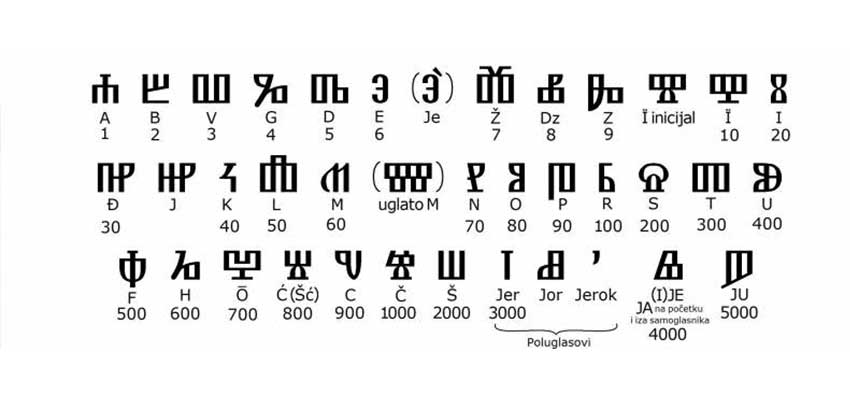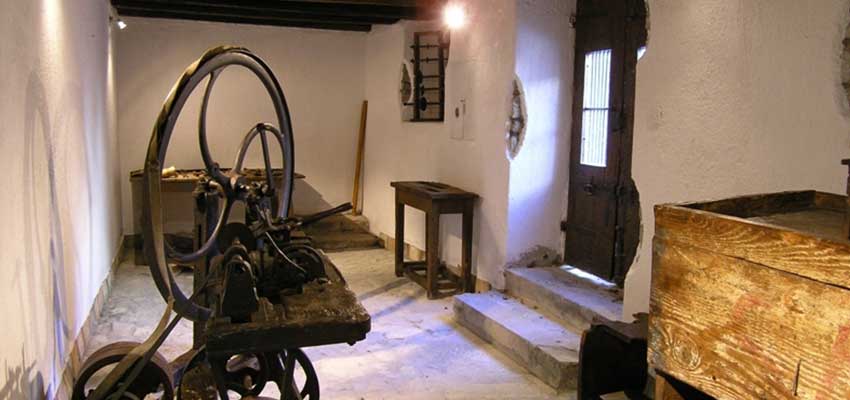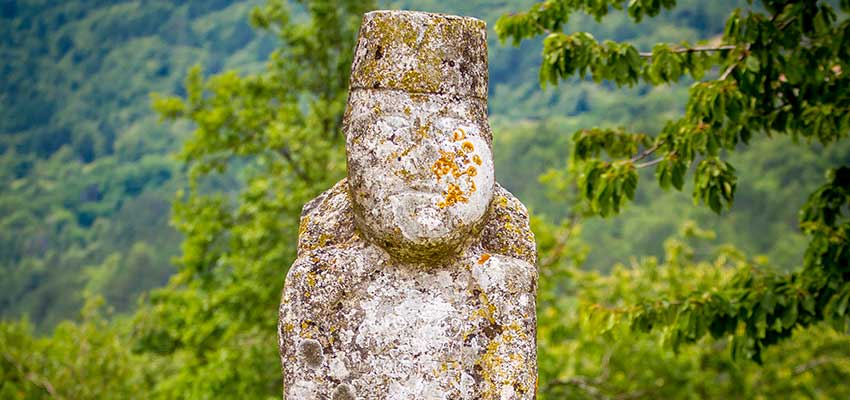- +385 (0) 52 662 343
- Diese E-Mail-Adresse ist vor Spambots geschützt! Zur Anzeige muss JavaScript eingeschaltet sein!
-

Words inscribed in the stone and the parchment follow this part of Istria, live with it in the new discoveries. The glagolitic Alphabet left a deep trace in Istria, in the Croatian coastal area and on the islands. The role of the custodian of the Alphabet belonged to the church, tofraternities, unknown writers: parochs, community leaders and notaries. The Glagolitic Alley, the monument of the Glagolitic Literature history from brothers Ćiril and Metoda to our days, preserve the knowledge of the giants. The stone inscriptions lead our today`s travels and path starts beneath Roči n the shape of the letter S – the symbol of the čakavski sabor…
-

The museum was founded in 1961 and until 1975 functioned as an independent institution. From the very beginnings it has preserved its features of a regional or municipal museum, so most of the exhibits have been collected in the Buzet area.
The Regional Museum is housed in the Bigatto Palace in the old town dating from 1639. It houses a permanent display of archaeological stone monuments, ethnographic collection and gallery for organizing art exhibitions and concerts. There are also exhibitions entitled "Anti-fascist battle in the Buzet area" and "Petrapilosa Castle – traces of frescoes from the chapel of St. Mary Magdalene".
Within the museum complex is a hall for temporary exhibitions, arts and crafts workshops, as well as library and photograph archives. One of the most interesting museum exhibits is the Buzet earring.
Opening hours - July and August:Mon - Fri 9am - 3pm, 5pm - 8pm
Saturday and Sunday 9am - 12am, tel. 00385 52 662-792 or e-mail: Diese E-Mail-Adresse ist vor Spambots geschützt! Zur Anzeige muss JavaScript eingeschaltet sein! .Admission: adults – 15.00 kn, children and groups – 10.00 kn.
Old craftsmen workshops
Visit one of the preserved old craftsmen workshops of the Regional Museum of the City of Buzet.
Comb-making trade
Contains a hand-operated machine for making combs made of horns of the typical Istrian ox boškarin, needed tools and products. It is the only comb-making shop of this kind in Istria.Blacksmith and wagon maker's trade
contains original tools and products of the blacksmith and wagon maker's shop, situated in the onetime town blacksmith's shop.Old town bakery
Located in the authentic building with original baker's oven where bread and other products were once baked. -

This small church is the most interesting sacral structure in the Buzet area, since it is defined by three periods and phases of construction. The rectangular Romanesque nave was built first, then the late-Romanesque presbytery was added on the eastern side. The apses reveal lovely Gothic windows with pointed upper parts, elaborate features and original glass which is rarely seen in Istria.
In the third phase of construction the Renaissance sacristy was added on the southern side. During the 17th century a large Baroque portico (lopica) with an unusual ground plan and fan-shaped ceiling was built. One of the interesting details from the church interior is surely the presbytery with radiating vault. It is a unique example of this type in the entire region. -

«The overgrown Town» is history full of legends and oral traditions. The castle served for the surveillance of the valley of the River Mirna and the central Istria for the Aquileian patriarchs in the Middle Ages and for the Venetians in the 15th century.
Petrapilosa Castle lies 6 km west of Buzet, close to the road along the Mirna river in the direction of Livade or Motovun. This medieval castle is situated on a high cliff that dominates the entire area of the Braèana river. For centuries it held an excellent military and defensive position from which all movements through the field or along the road could be controlled.
The fortification Ruin was first mentioned in written documents as early as the 10th century.
Mass was celebrated for the last time in the castle chapel of St. Mary Magdalene in 1793, even though the entire complex had been abandoned long before. After the restoration work began in the chapel in 1999, numerous remains of medieval frescoes have been found. Today they are displayed in the Regional Museum in Buzet. -

The only preserved pillar of shame in the shape of a human figure stands near the village Salež. The local population call it "Berlin", after the four-seat carriage known as berlina which once drove between Berlin and Paris and according to legend it was used to expose offenders to public derision. This pillar is made of white stone which cannot be found in the village and presents a human figure wearing a hat in the shape of a Turkish fez; his left arm, to which once shackles were attached for tying up prisoners, is on his chest, and his right arm is lowered, so his fist is between his legs.
Seite 3 von 3








